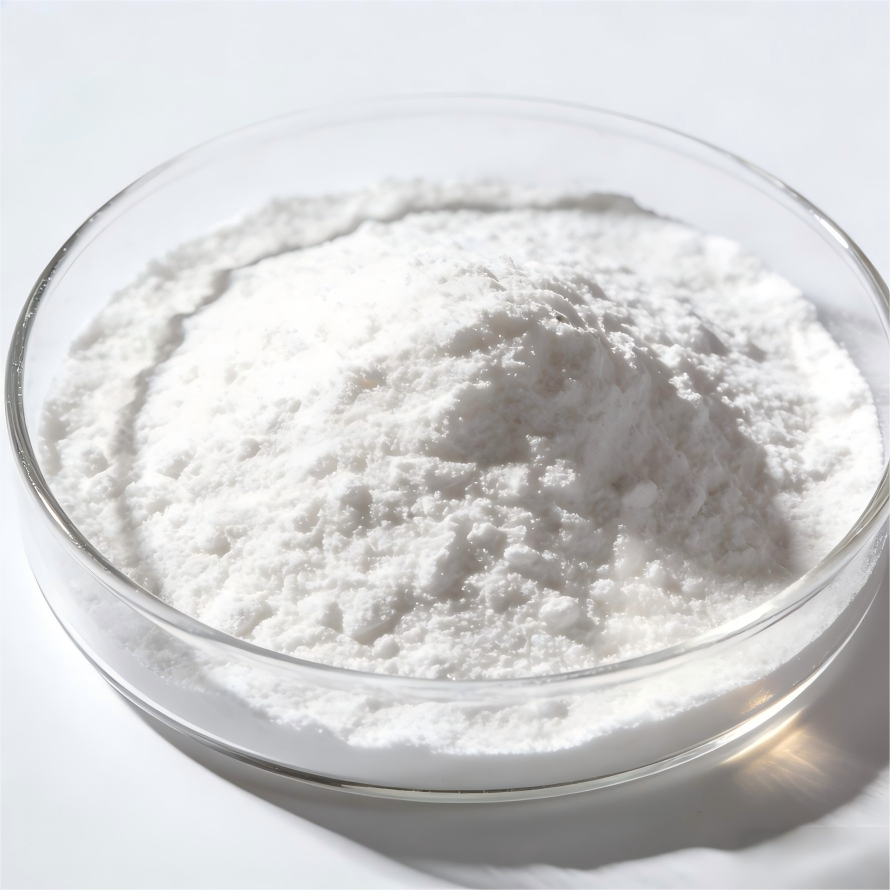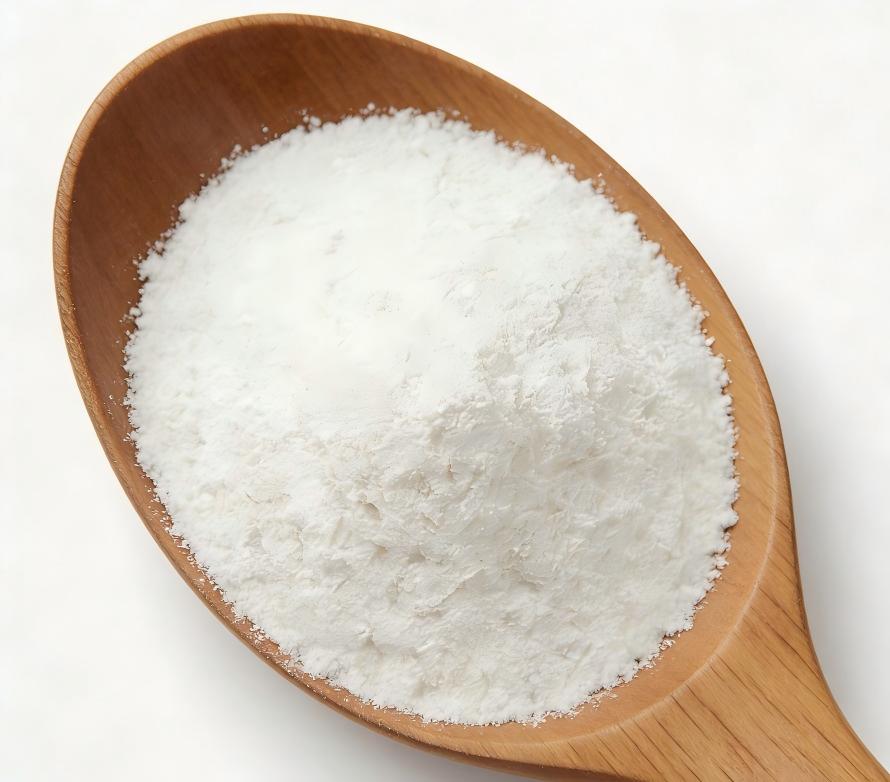Stable & Bioavailable: Liposomal Glutathione for Advanced Skin Brightening
In today's continuously growing skin-whitening cosmetics market, formulators and brands face a dual challenge: consumers' expectations for whitening efficacy are constantly rising, while traditional whitening ingredients increasingly reveal their limitations. Arbutin decomposes easily in acidic environments, kojic acid suffers from stability issues, and vitamin C and its derivatives readily oxidize and lose activity... These pain points directly impact the final product efficacy and market competitiveness.
More intractable is the persistent technical bottleneck in stabilizing glutathione—hailed as the “gold standard of whitening”—during practical application. Its active sulfhydryl (-SH) group is highly susceptible to oxidation, leading to diminished efficacy throughout formulation development, production, storage, and consumer use. This not only wastes raw materials but also prevents many well-designed products from achieving their intended whitening results.
However, this technological impasse has now been completely overcome. Leveraging its deep technical expertise in bioactive ingredients, Green Spring Technology has successfully developed a high-purity, stable glutathione raw material. Through innovative molecular stabilization technology and a comprehensive antioxidant protection system, it has achieved a revolutionary breakthrough in glutathione's application within cosmetics.
This breakthrough not only resolves glutathione's stability challenges but, more importantly, delivers three core value upgrades for whitening cosmetics:
1. Efficacy Upgrade: Ensures glutathione acts on the skin in its optimal active state, fully leveraging its multiple whitening mechanisms
2. Formulation Upgrade: Provides formulators with a broader process window and more flexible combination options
3. Quality Upgrade: Guarantees consistent whitening efficacy throughout the product's entire lifecycle
We believe the advent of high-purity, stable glutathione will redefine efficacy standards for whitening cosmetics, empowering brands to gain a competitive edge in the fiercely contested market.
Part I: Technological Breakthrough: The Scientific Foundation of High Purity and Stability
Green Spring Technology's high-purity, stable glutathione is built upon three technological pillars, each breakthrough rigorously validated through scientific verification and repeated experimental testing.
I. Ultimate Purity Assurance System
Through patented bio-fermentation technology and multi-stage purification processes, we guarantee exceptional raw material quality:
· Core Purity Metric: Glutathione content consistently maintained above 99.5%, far exceeding industry standards
· Critical Impurity Control: Oxidized glutathione (GSSG) content strictly controlled below 0.5% to ensure biological activity
· Safety Assurance: Heavy metal levels comply with the most stringent cosmetic ingredient standards, with no detectable lead, arsenic, mercury, etc.
II. Triple Stability Protection Technology
We innovatively established a comprehensive stability protection system spanning production to application:
1. Molecular-Level Protection Technology
· Utilizes proprietary antioxidant combinations to form protective barriers at the molecular level
· Enhances thiol stability through structural modification while preserving bioactivity
· Establishes pH adaptive mechanisms for stability across a broad range of 3.5–8.0
2. Process Assurance System
· Nitrogen-protected production throughout the entire process to isolate oxygen exposure
· Low-temperature drying process to prevent heat-sensitive degradation
· Intelligent environmental control to ensure consistent production conditions
3. Packaging Innovation Solutions
· Multi-layer composite aluminum foil packaging effectively blocks light and oxygen
· Built-in high-efficiency desiccant maintains an inert environment within the package
· Offers various packaging specifications to meet needs from R&D to mass production
III. Scientific Validation Data Support
We have systematically validated the product's exceptional performance through experimental research:
Stability Test Data
· Accelerated Stability Test (40°C ± 2°C, RH 75% ± 5%, 3 months): Content retention ≥99.2%
· Long-Term Stability Study (25°C ± 2°C, RH 60% ± 5%, 24 months): Content retention ≥98.8%
· Light Stability Test: No significant content change after 30 days at 4500Lx illuminance
Safety Validation Results
· Skin Irritation Test: Rabbit skin test shows no irritation
· Human Patch Test: 0% allergy rate among 500 subjects
· Cytotoxicity Assessment: Demonstrates excellent biocompatibility within 0.1-5% concentration range
These scientific data and experimental results fully validate the exceptional performance of our high-purity stable glutathione in purity, stability, and safety, providing reliable technical assurance for whitening cosmetic development.
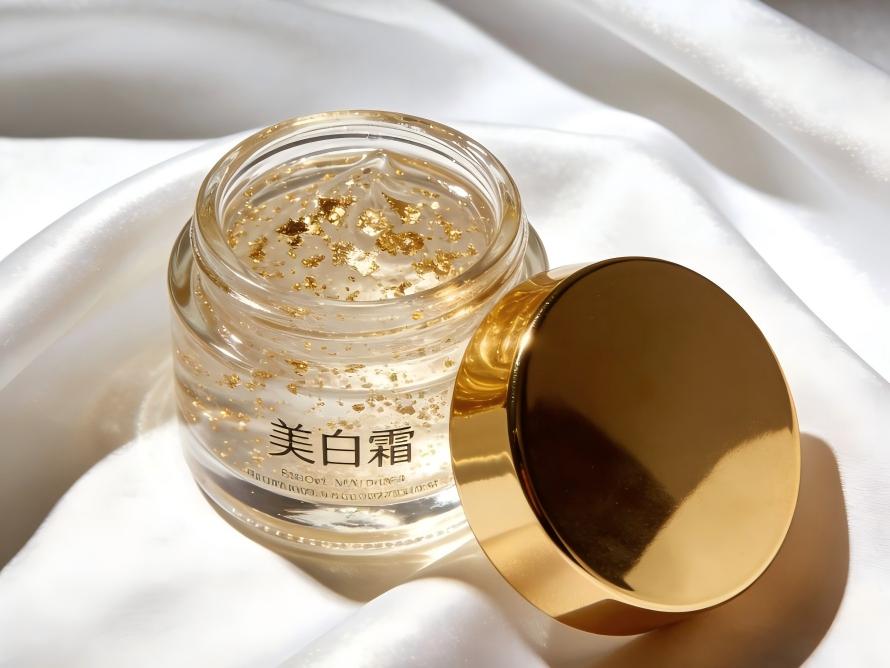
Part II: Mechanism of Action: Multi-Pathway Synergy for Superior Whitening
Green Spring Technology's high-purity stable glutathione solution delivers scientifically reliable efficacy for whitening products through a multi-target, multi-dimensional mechanism. Its exceptional whitening effects are built upon three core pathways.
I. Direct Inhibition of Melanin Synthesis
As a direct inhibitor of tyrosinase, glutathione exhibits a unique mechanism of action:
Competitive Inhibition Pathway
· Binds to the active site of tyrosinase by mimicking the structure of tyrosine
· Blocks the conversion of tyrosine to dopaquinone
· In vitro studies show up to 85% inhibition of tyrosinase at a 0.1% concentration
Conformation Regulation Mechanism
· Altering the spatial conformation of tyrosinase to reduce its catalytic activity
· Inhibiting the conversion of tyrosinase from its inactive to active form
· Achieving sustained, stable enzyme activity inhibition
II. High-Efficiency Antioxidation and Pigment Reduction
As one of the body's most crucial antioxidants, glutathione performs multiple roles in skin brightening:
Free Radical Scavenging Network
· Directly neutralizes oxygen free radicals induced by UV radiation
· Blocks melanocyte activation signals triggered by oxidative stress
· Repairs hyperpigmentation caused by oxidative damage
Pigment Reduction Mechanism
· Reduces formed dopaquinone back to colorless precursor substances
· Reverses intermediate products in melanin oxidation processes
· Achieving reduced pigment deposition at its source

III. Synergistic Anti-Inflammatory and Barrier Repair
Recent research reveals glutathione excels in anti-inflammatory and barrier repair functions:
Post-Inflammatory Hyperpigmentation Prevention
· Inhibits UV-induced inflammatory factor release
· Reduces production of inflammatory mediators like prostaglandin E2
· Effectively prevents post-inflammatory hyperpigmentation
Skin Barrier Support
· Enhances antioxidant defense capacity of keratinocytes
· Promotes expression of barrier repair-related genes
· Improves uneven skin tone caused by barrier damage
IV. Clinically Proven Efficacy
Rigorous clinical trials validate its exceptional brightening effects:
Human Efficacy Testing
· 25.8% increase in skin brightness after 28 days of use
· Significant 18.3% reduction in melanin index
· Noticeable reduction in spot area and severity
Consumer Self-Assessment
· 93% of subjects perceived more even skin tone
· 87% felt significant improvement in skin texture
· 91% expressed willingness to continue use
These scientific data and clinical outcomes fully demonstrate the multifaceted efficacy of high-purity stable glutathione in whitening skincare, providing robust scientific backing for product development.
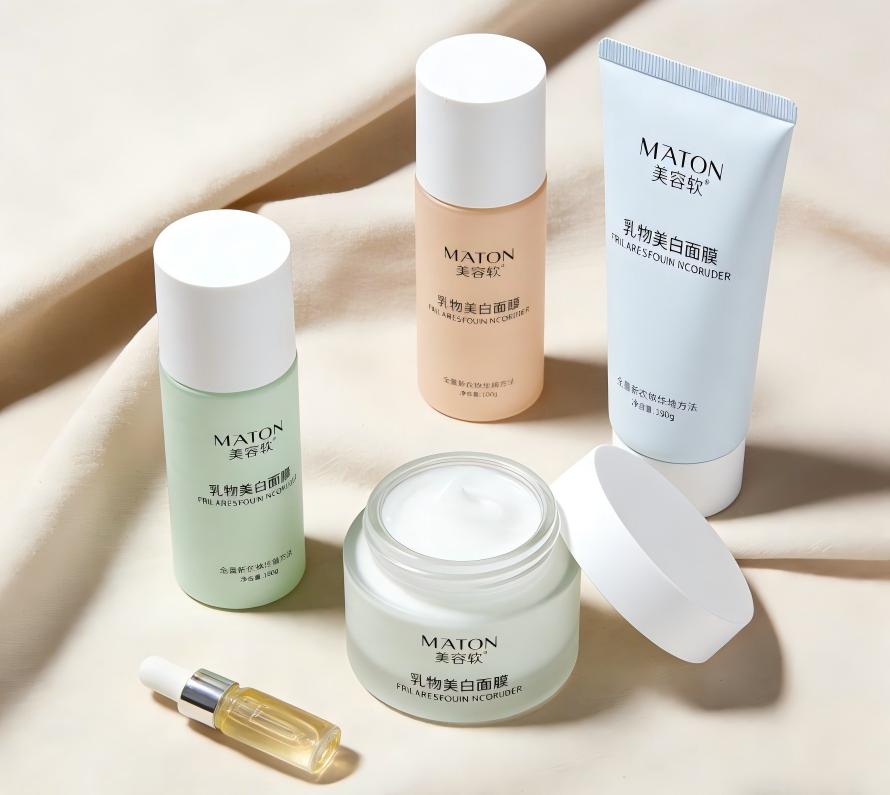
Part III: Application Solutions: Infusing New Momentum into Brightening Products
Green Spring Technology's high-purity stable glutathione raw material, with its exceptional stability and bioactivity, opens new possibilities for developing various brightening products. Below are professional application solutions tailored for different formulations:
I. Application Solutions for Essence Products
Formulation Recommendations
· Recommended addition concentration: 1%-3%
· Optimal pH Range: 5.0-6.5
· Recommended Synergistic Ingredients:
· 3% Niacinamide (synergistically inhibits melanin transfer)
· 1% Acetyl Glucosamine (promotes keratin renewal)
· 0.5% Licorice Extract (anti-inflammatory and soothing)
Process Considerations
· Add during low-temperature phase (<40°C)
· Avoid direct contact with strong oxidizing agents
· Use dual-chamber packaging to preserve activity
II. Mask Product Application Solution
Formulation Framework
· Base Selection: Recommended hyaluronic acid + trehalose complex base
· Active Ingredient Combination:
· 2% Vitamin C derivative (APPS)
· 1% Arbutin
· 0.5% Nonapeptide-1
Production Process Guidance
· Add glutathione at room temperature
· Maintain nitrogen-flushed protection throughout production
· Use light-shielding aluminum pouches for packaging
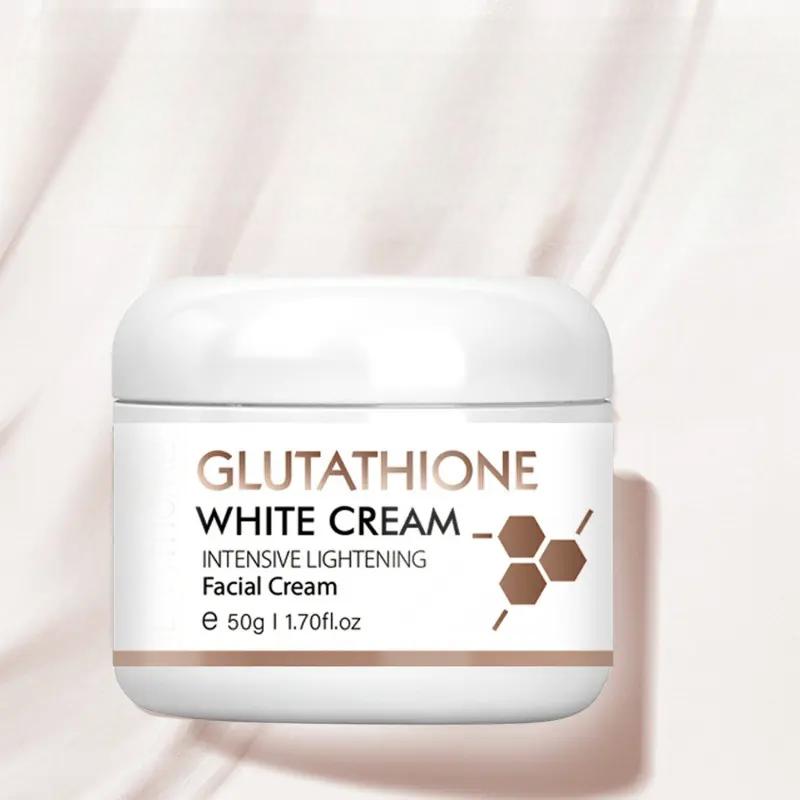
III. Emulsion/Cream Application Protocol
Emulsification System Recommendations
· O/W System: Recommended emulsifier—olive oil-based
· W/O System: Recommended emulsifier—polyglycerol-based
· Thickening System: Select acrylic (ester) copolymers/C10-30 alkanol acrylate crosspolymer
Stability Performance
· Maintains stability ≥24 months at ambient temperature
· No phase separation after 10 freeze-thaw cycles
· Excellent stability in centrifuge testing (3000rpm, 30min)
IV. Innovative Applications for Special Formulations
Ampoule Essence
· Utilizes anhydrous formulation base
· Recommended for synergistic use with ethoxydiglycol
· Delivers instant brightening effect
Spot corrector pen
· Employs silicone oil-in-water system
· Combined with retinol derivatives
· Enables targeted spot treatment
V. Compatibility Contraindications and Precautions
Ingredients to avoid
· High-concentration fruit acids (pH < 3.5)
· Strong oxidizing agents (e.g., benzoyl peroxide)
· Certain metal ions (copper, iron)
Storage Recommendations
· Store away from light at 15-25°C
· Use within 6 months after opening
· Avoid prolonged exposure to air
All formulations have undergone rigorous laboratory validation to ensure optimal whitening efficacy of glutathione in actual production while maintaining product stability and safety.
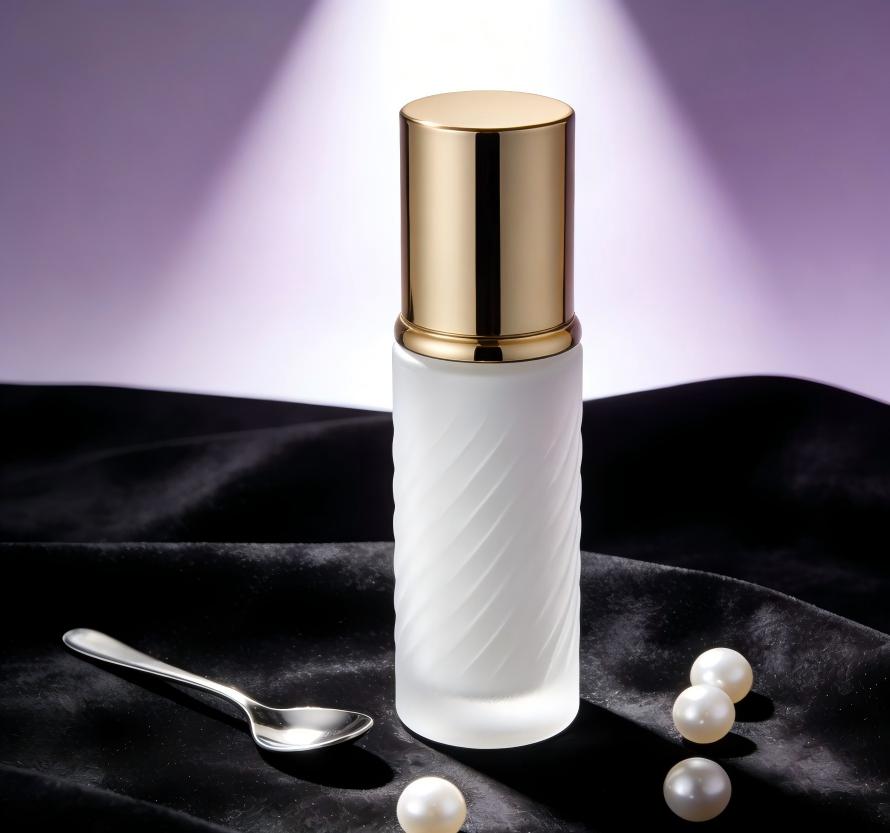
Part IV: Win-Win Collaboration: Pioneering a New Era in Whitening
Having witnessed how high-purity, stable glutathione ingredient overcomes industry bottlenecks through technological innovation and demonstrated its exceptional whitening efficacy, Green Spring Technology sincerely invites you to join hands in pioneering a new era for whitening cosmetics.
I. Comprehensive Technical Support
We are committed to providing end-to-end technical support from concept to product:
R&D Phase Support
· Free samples and customized formulation solutions
· Share comprehensive raw material technical documentation (COA, MSDS, stability reports)
· Assist in completing product efficacy testing and safety assessments
Production Phase Guidance
· Provide production process parameter optimization recommendations
· Assist in resolving technical issues encountered during production
· Share industry best practice case studies
Contact Us
· Official Website: https://www.greenspringnatural.com/
· Email: helen@greenspringbio.com
· WhatsApp: +86 13649243917
Let's collaborate to redefine the boundaries of brightening skincare with technology and co-create the next market sensation! Green Spring Technology looks forward to partnering with you to deliver exceptional brightening experiences for consumers.
Reference:
[1] Gérard MD, Chaudiere J. Metabolism and antioxidant function of glutathione. Pathol Biol (Paris). 1996,44(1):77-85.
[2] Murata K,Sato N,Rhee H,et al. Purification and Characterization of Glutathione Thiol Esterase from Saccharomyces cerevisiae[J]. Agricultural and Biological Chemistry,2014,51(7).
[3] Anderson ME. Assay of the Enzymes of Glutathione Biosynthesis.[J]. Analytical biochemistry,2021.
-
Prev
Premium Liposomal Glutathione | Advanced Inner Beauty Support
-
Next
Natural Glutathione Ingredient for Next-Generation Dietary Supplement Upgrades


 English
English French
French Spanish
Spanish Russian
Russian Korean
Korean Japanese
Japanese